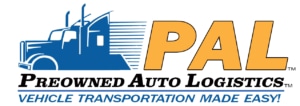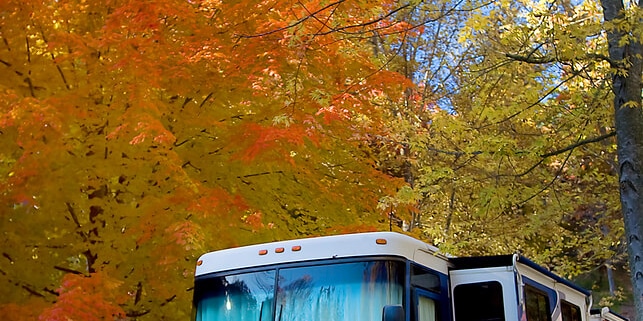Follow These Maintenance Tips to Properly Winterize Your RV
It’s finally fall! Unless you drive your RV year-round, it may be time to store it until spring. However, to avoid costly repair bills, you’ll need to take care of a few things before you park that RV. Here are a few tips to follow as you get your RV ready for the off-season.
Save Money During the Off-Season with Proper RV Maintenance.
Some insurance carriers allow you to cancel or suspend portions of your RV’s insurance policy until you begin driving it again. Give them a call if you’d like to take advantage of this cost-saving tip. Just be sure you keep your comprehensive coverage active.
Items You’ll Need to Winterize Your Vehicle.
Before you winterize your RV, pick up the following items. They can be found in most RV parts stores:
- Two to three gallons of non-toxic RV antifreeze
- A water heater bypass kit
- A tool to clean out holding tanks
- A water pump converter kit
- Basic tools to remove drain plugs
Winterize your RV: Instructions for the Battery and Water Pump
To properly story your RV for the winter, you should pay close attention to the battery and water pump. We recommend following these tips:
- Test your battery to ensure that it is fully charged. A fully charged 12V battery should read 12.6 volts; a 6V battery should read 6.3 volts.
- Do not leave the battery connected. Instead, remove it and store your battery in a dry, ventilated area.
- Keep your batteries on maintenance chargers over the winter. Do not leave them in a discharged state. If a battery is discharged, it can freeze in cold weather.
- You may also want to carefully clean the battery and terminals with baking soda and water. Just be sure not to get water in the vents or caps!
- If you have any inline water filters, remove them before winter. Then, drain the fresh water holding tank. Drain and flush the gray and black holding tanks as well, using a wand or cleaning product like Flush King to clean them out.
- Drain the water heater, remove the drain plug, and open the pressure relief valve. Be careful! Never drain the water heater when it is still hot or under pressure.
- Next, by-pass the water heater. If you do not have a by-pass kit installed, you risk wasting antifreeze.
- Open all faucets, including the toilet valve and outside shower. Then, open the low point drain lines for both hot and cold water lines. Drain the water from the system using the water pump, and then turn it off. Finally, recap all drains and close all faucets.
- Pressurize the water system with a water pump converter kit and non-toxic RV antifreeze. Follow the instructions provided on the converter kit, which you can find in most RV parts stores.
- Read your owner’s manual for any additional instructions!
A Few Final Tips for RV Maintenance …
Fuel will deteriorate when your motorhome or RV is stored for long periods of time. If you top off your tank, that will prevent moisture in the fuel tank from condensing. You may also want to consider adding fuel-storage additives. These can be purchased at your RV supply store, or even at a general auto parts store.
Don’t forget to change the oil before storing your RV. Again, you may want to consider using a fuel storage stabilizer additive in your tank.
When you store your RV, don’t park it on bare soil. Park it in a garage or on a plastic surface so that your tires don’t deteriorate. We recommend covering thick plywood with plastic if you don’t have a storage space.
And finally, check your RV for nests or rodent damage before you start it up in the spring! As much as we try to prevent it, critters will sometimes find their way inside.





